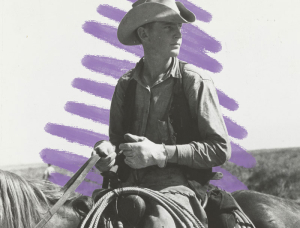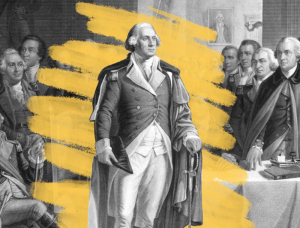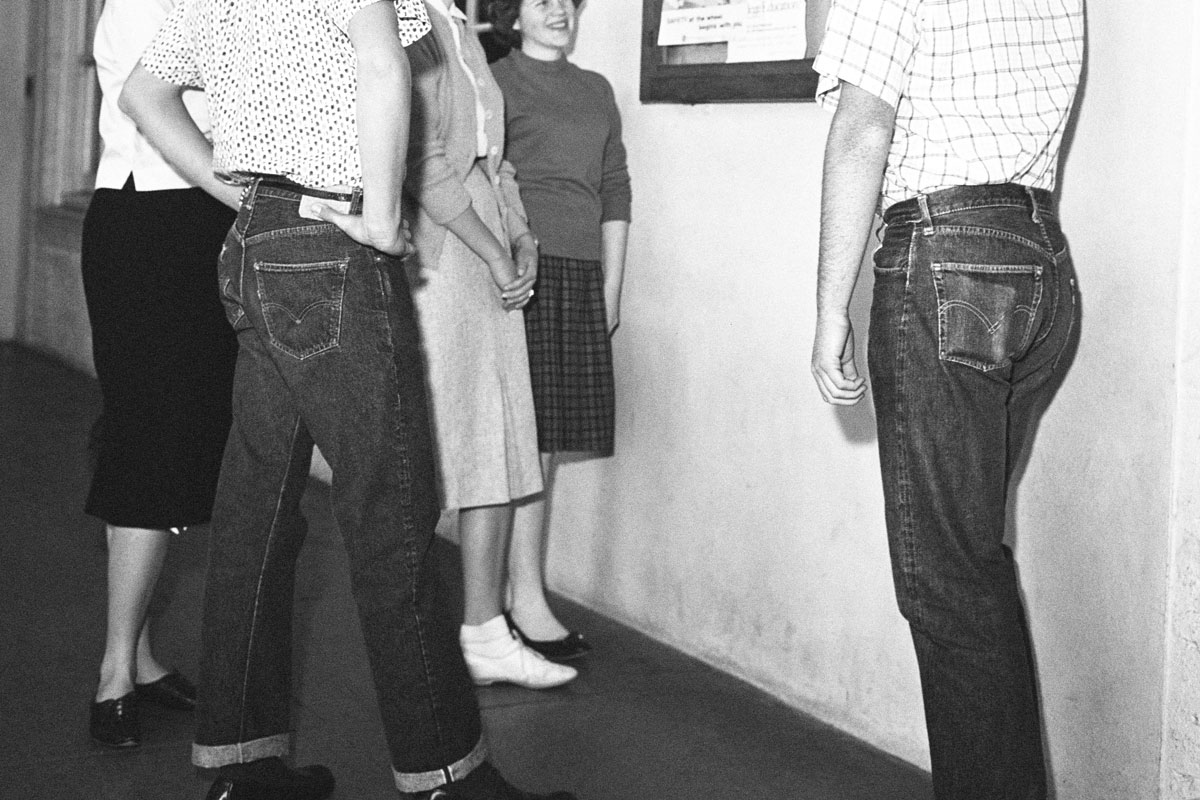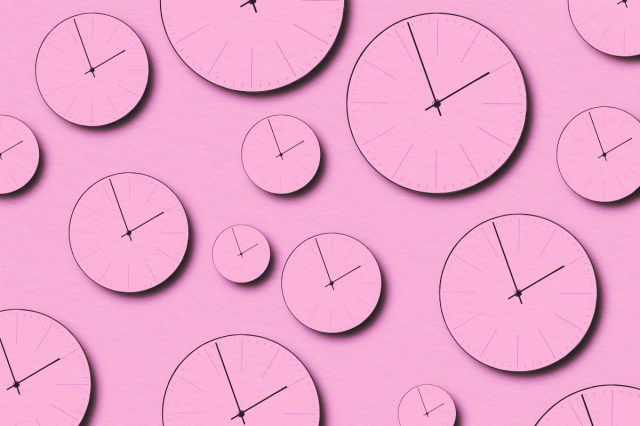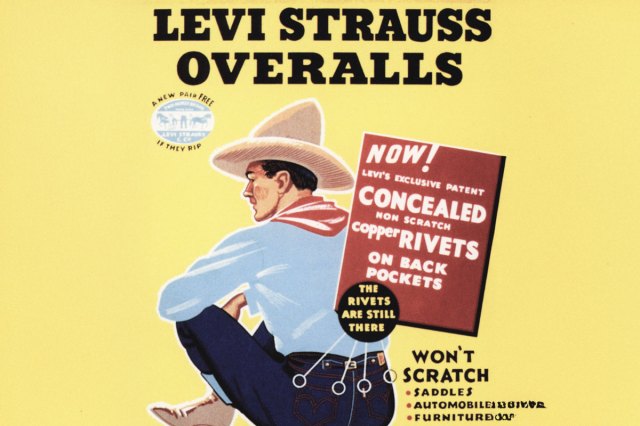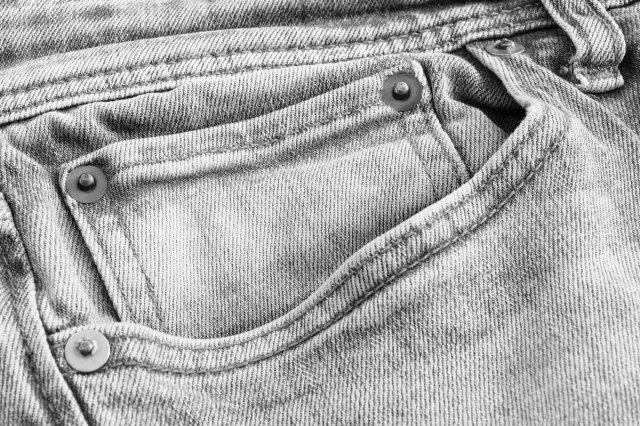Why Do Jeans Have Rivets?
You’ve probably noticed them without giving them a second thought. Those tiny metal studs near the front pockets of your jeans are easy to overlook, but they’ve been a fixture of the garment for more than a century. So why are they there? Sure, they add to denim’s rugged, familiar charm — but they also tell the story of how jeans became some of the most useful pants in history.
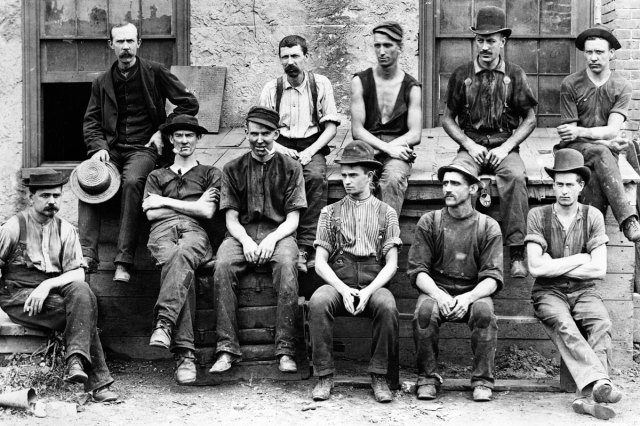
The First Rivets
By the late 19th century, what we now call jeans — then more commonly known as waist overalls — had become the standard uniform of hard labor in the United States. Gold miners, railroad workers, farmers, and teamsters (the people who drove horse-drawn wagons) all relied on the garment’s sturdy material to endure long days of physically demanding work.
These early work pants were primarily made from cotton duck canvas; denim was used only occasionally until it overtook canvas sometime in the late 1800s, and the word “jeans” itself didn’t catch on until the 1950s and ’60s. While the heavy canvas held up well, the pants didn’t always. Pockets in particular were known to pull away under the weight of tools and repeated strain. For all their toughness, early jeans still came apart quickly.
In 1870, a tailor named Jacob Davis in Reno, Nevada, was tasked with solving that very problem when a customer asked if there was a way to make her husband’s work pants last longer. Davis borrowed an idea from some of his other projects. He’d been using rivets — small metal fasteners — on the horse blankets and wagon covers he often made for teamsters. Noticing some leftover rivets on the table, he was struck by an idea: Why not use them to reinforce the pockets of work pants?
The solution was simple, but it worked. The pants held up, and word spread. By 1872, Davis realized he might be onto something big, but without the time or money to properly pursue a patent, he reached out to his fabric supplier in San Francisco, a successful dry goods wholesaler named Levi Strauss. The men partnered up, and on May 20, 1873, they received a patent for an “Improvement in Fastening Pocket Openings.”
